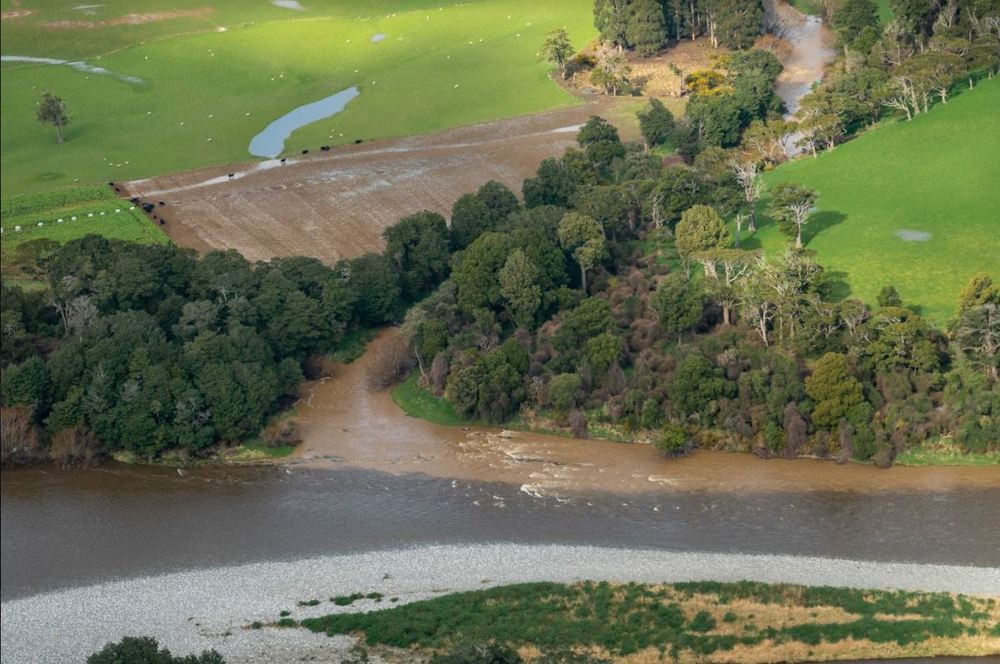Southland's the battleground for Greenpeace campaign
Paul Taylor
17 September 2021, 3:30 AM
 Photo: Geoff Reid
Photo: Geoff ReidAerial photos of muddy Southland paddocks and river run-offs are front and centre in a new Greenpeace campaign to clean up winter grazing.
The environmental pressure group launched a new petition yesterday, which will be presented to Agriculture Minister Damien O'Connor.
It highlights eight new images and one video, released by rivers advocates Geoff Reid and Matt Coffey, showing cows in muddy winter paddocks in Southland and Otago, and significant amounts of sediment washing off into rivers.
Environment Southland chief executive Rob Phillips says the images are "concerning" but without knowing the specific locations, he can't say whether ES has had complaints about those specific farms.
It has responded to 23 complaints received through the pollution hotline, visiting farms with the Ministry for Primary Industries, and has conducted three flights to monitor winter grazing.
"All have shown a good level of compliance with Environment Southland's rules," Phillips says.
Reid has in the past declined to share the locations of photos, saying: "It's not fair to dob in individual farmers who have been let down by a system that failed them."
Phillips says ES has seen an improvement over winter grazing in the past few years "but more progress is needed" and it has a "zero tolerance approach to poor practice".

Photo: Geoff Reid
Greenpeace's stance is that there are too many cows.
"The simple fact of the matter is, New Zealand can not sustain this many dairy cows, " Greenpeace senior agriculture campaigner Christine Rose says.
"That’s why we’ve seen a massive increase in the amount of synthetic nitrogen fertiliser to rapidly grow grass to feed increasing numbers of cows.
"Then winter comes along and many of these cows are intensively grazed until they’re wallowing and sometimes calving deep in mud. It’s terrible for both the cows and the soil. When cows are kept on winter crops until the soil is bare, there is no vegetation to hold soil in place or suck up nitrogen-rich cow urine. The effluent and sediment then contaminates rivers and groundwater."
Rose says the number of dairy cows in Southland has increased by 1584% since 1990, up from 38,000 to 636,000.
Federated Farmers national board member and water quality spokesperson Chris Allen says: "There's nothing new in anything Greenpeace has said, so we're just going to get on with getting stuff done, which is about better performance and practices."
Asked whether there are too many cows in Southland, Allen says: "That's why they're going through their Land and Water Plan, to determine farming practices in that area, but at the moment we can say the national cow heard is not increasing."
Southland App has approached Dairy NZ for comment.
Three weeks ago, the Government again delayed introducing tougher winter grazing rules, which include re-sowing paddocks as soon as conditions allow.
Farmers have labelled the restrictions "unworkable". They were scheduled to come into force this May, but were deferred until May 2022, and have now been put back to November 2022.
AG | TRADES & SUPPLIES
